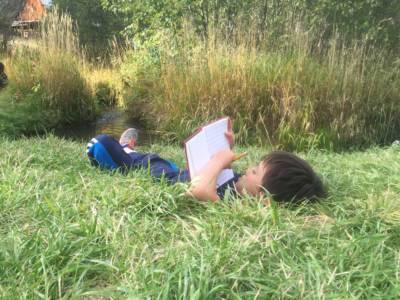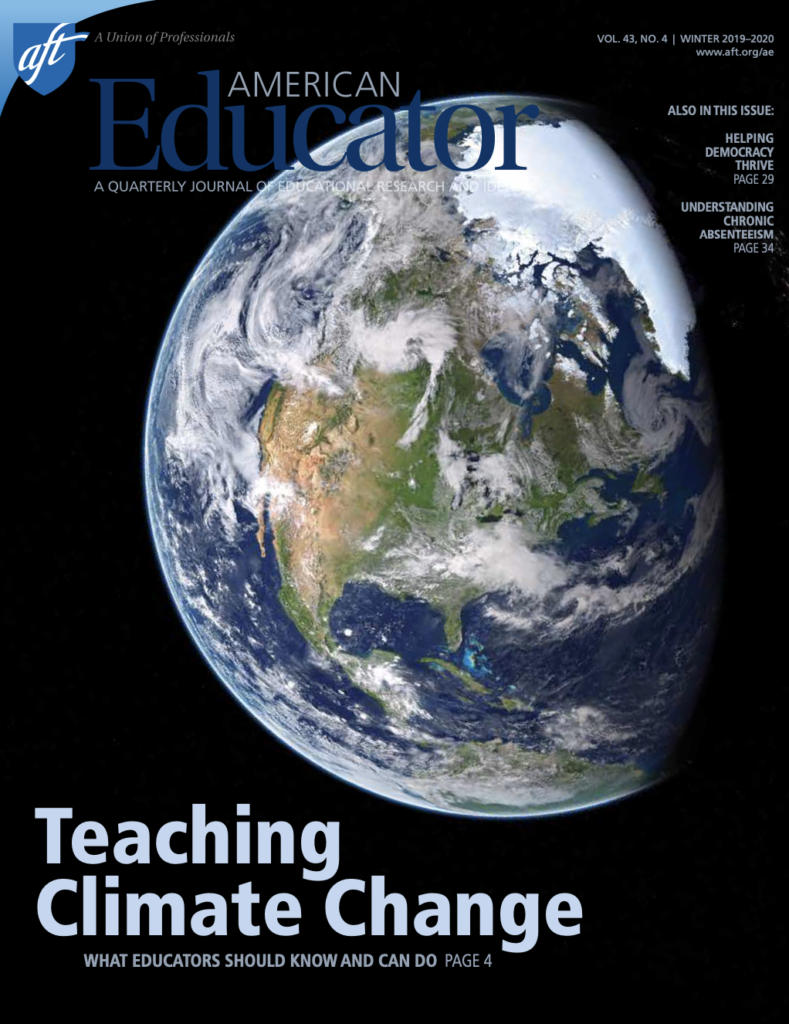Teaching Climate Change
Knowledge for the Next Generation of Decison Makers
From the 350 New Mexico Education Committee
 Welcome! Click the links in the menu above to navigate to the ready-to-use resources that we have gathered for teaching students about climate change. We are fellow educators, and we have researched the high-quality lesson plans, videos, podcasts, and engaging books for students of all ages that you will find on this site.
Welcome! Click the links in the menu above to navigate to the ready-to-use resources that we have gathered for teaching students about climate change. We are fellow educators, and we have researched the high-quality lesson plans, videos, podcasts, and engaging books for students of all ages that you will find on this site.
New 350NM Climate Action Unit Available for Albuquerque Middle Schools
Climate Hope: From Knowledge to Action
4-Day Middle School Unit
Summary and NGSS and CCSS alignment
To inquire about this curriculum email Fiana Shapiro (imaginethehours@aol.com), 350NM Education Committee member.
Unit Overview
Day 1: To understand how increases in greenhouse gases in the atmosphere increase global surface temperatures, students will model the natural and enhanced greenhouse effect. Students conduct an experiment using their own body heat, thermometers, towels, and Mylar blankets.
Day 2: Students will explore climate impacts in New Mexico and conduct an activity to demonstrate understanding of mitigations and adaptations to climate change.
Day 3: Students will learn about actions to combat the climate crisis, conduct a role-play exercise to persuade a local or state leader to take action on climate change, and choose a climate solution for their letter-writing action.
Day 4: Learners will engage in partner discussions about their chosen climate solutions, write a letter to a decision maker, and participate in peer feedback about their letters.
Resources for All
Climate change can be interwoven into many school subjects: Science, Environmental Studies, Language Arts, Theater, Social Studies, Digital Media, Civics, and more. Teachers can create opportunities to empower students in a wide variety of ways. We have included youth activism resources so that students can take action in their schools and communities.
 At the younger grade levels, educators can impart joy to students about the natural world around them. Students can learn about local ecosystems and habitats, enjoy field trips, and learn about weather and seasons. Recycling and conserving water are important building blocks of being a responsible citizen. This appreciation and connection to the natural world can grow into taking action on climate change in the upper grades.
At the younger grade levels, educators can impart joy to students about the natural world around them. Students can learn about local ecosystems and habitats, enjoy field trips, and learn about weather and seasons. Recycling and conserving water are important building blocks of being a responsible citizen. This appreciation and connection to the natural world can grow into taking action on climate change in the upper grades.
We have such an important job as educators to teach climate change and actively engage our students in being part of the solution. We hope that you are able to lead your students and colleagues in integrating climate change lessons into your curriculum and empowering students, schools, and communities to create a sustainable future together. Thank you for your dedication!
Through climate education, students can “experience our interconnected relationship with nature, to understand the significance of climate change, and be inspired by the numerous possibilities for taking action.” Richard Beach
American Federation of Teachers
Teaching Climate Change
American Educator, Vol. 43 (4): Winter 2019-2020
This journal special issue from the American Federation of Teachers is chock-full of excellent background for teachers stepping into climate education. The issue includes helpful advice for integrating climate change into multiple subjects, tips about common student misconceptions, and more.

